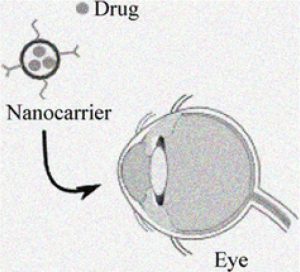
ABSTRACT
Fungal infection associated with eye annually affects more than one ten lakh people globally. It can affect vision and sometimes causes complete blindness. Drug delivery through ocular route has always been a challenge, as in the eye numerous barriers are located in conjunctiva, cornea, iris-ciliary body and retina which prevents drug dose from reaching the site resulting into low bioavailability of drug. Treatment through conventional dosage form often possess disadvantage of low retention time of drug as they are flows out from the corneal cavity by tear flow and nasal drainage. To overcome these challenges, the need of the hour is to fabricate a novel drug delivery system that would overcome the barrier channels of eye and could results into enhanced drug absorption at its site of action. Till date numerous technologies viz. Nanoparticles, Nanostructured Lipid Carriers (NLC), Nano micelles, Microneedles, Liposomes etc have been developed. These technologies can overcome the barriers located in the eye and improve bioavailability of drugs. The present review highlights about nanostructured lipid carriers and their potential use in ocular delivery. The aim is to study nanostructured lipid carriers as nanocarriers to increase the permeability, solubility, bioavailability and retention time of active pharmaceutics agents through ocular administration. High-pressure homogenization, emulsification-solvent evaporation and micro-emulsion are some of the methods by which they can be prepared. So, it is concluded that nanostructured lipid carriers represent a potential nanocarrier for the reliable delivery of drugs to the ocular tissues with increased solubility, bioavailability and residence time.
